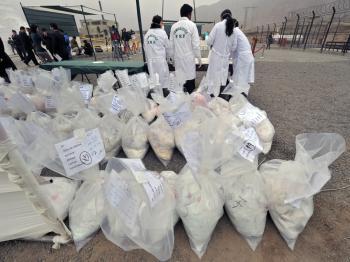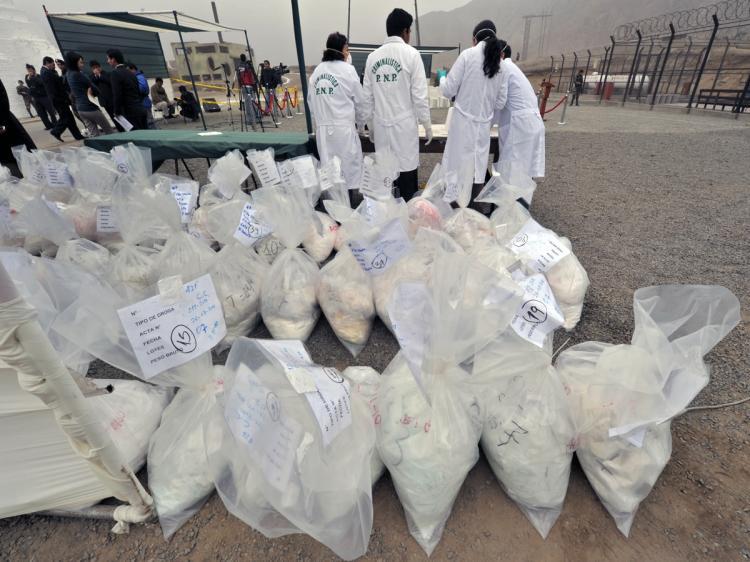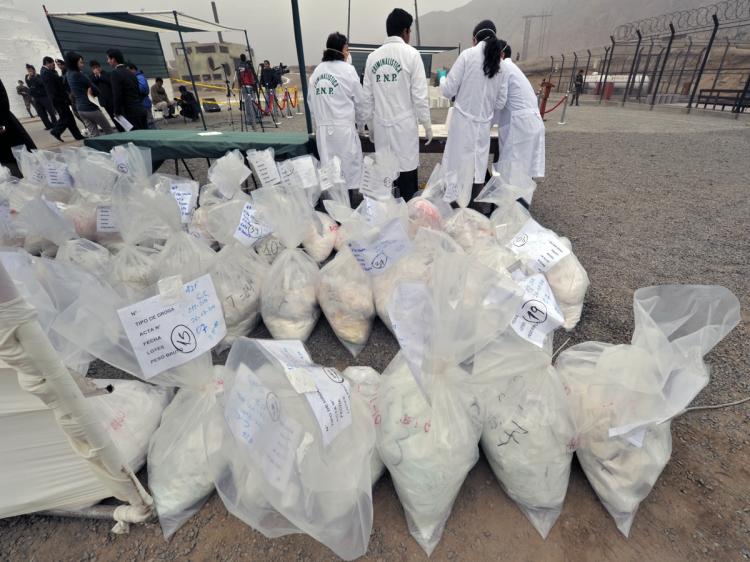Peru is on its way to becoming the world’s biggest producer of coca, the raw material for cocaine, the United Nations Office on Drugs and Crime (UNODC) said in a report released June 23.
UNODC’s annual coca crop survey of the Andean countries, covering Bolivia, Colombia. and Peru, showed an overall decrease in coca cultivation by 5 percent in 2009 compared to 2008.
The greatest contributor to the drop was Colombia where cultivation fell by 16 percent. By contrast, Peru’s production rose by 6.8 percent to 59,900 hectares in 2009. Peru now only trails Colombia, the world’s top coca producer, by 8,100 acres. It is the fourth straight year Peru has posted an increase.
Colombia’s success is due to effective government policies, Antonio Maria Costa, executive director of UNDOC said in a press release. “The drug control policy adopted by the Colombian government over the past few years—combining security and development—is paying off.”
The policies not only resulted in the seizure of a substantial amount of last year’s crop, but the policies have also made it less profitable to grow coca.
Costa encouraged the Peruvian government to improve law enforcement, drug treatment, and prevention programs to change the growing rate of coca growth.
In Bolivia, the area of land under coca production has doubled in the past 10 years to 30,900 hectares.
Costa also said, “There are limits to what the Andean governments can do if people keep snorting cocaine,” thereby reminding consumer nations, mostly in Europe and North America of their responsibilities.
UNODC’s annual coca crop survey of the Andean countries, covering Bolivia, Colombia. and Peru, showed an overall decrease in coca cultivation by 5 percent in 2009 compared to 2008.
The greatest contributor to the drop was Colombia where cultivation fell by 16 percent. By contrast, Peru’s production rose by 6.8 percent to 59,900 hectares in 2009. Peru now only trails Colombia, the world’s top coca producer, by 8,100 acres. It is the fourth straight year Peru has posted an increase.
Colombia’s success is due to effective government policies, Antonio Maria Costa, executive director of UNDOC said in a press release. “The drug control policy adopted by the Colombian government over the past few years—combining security and development—is paying off.”
The policies not only resulted in the seizure of a substantial amount of last year’s crop, but the policies have also made it less profitable to grow coca.
Costa encouraged the Peruvian government to improve law enforcement, drug treatment, and prevention programs to change the growing rate of coca growth.
In Bolivia, the area of land under coca production has doubled in the past 10 years to 30,900 hectares.
Costa also said, “There are limits to what the Andean governments can do if people keep snorting cocaine,” thereby reminding consumer nations, mostly in Europe and North America of their responsibilities.





